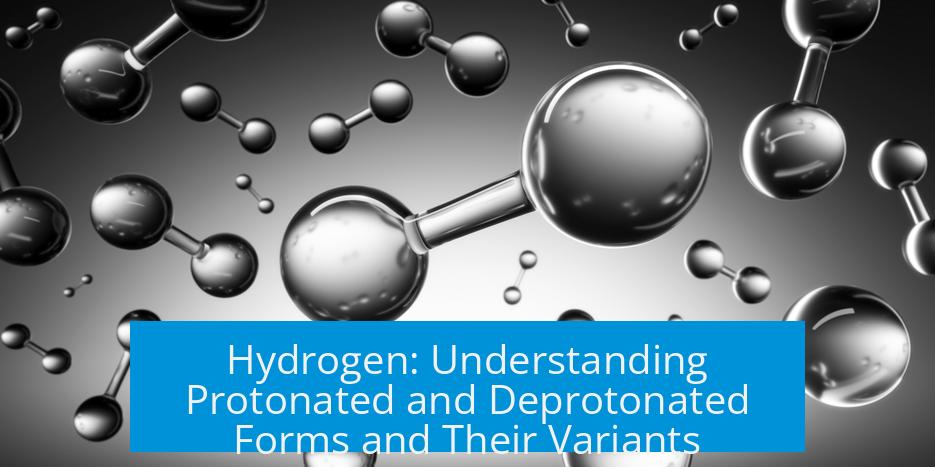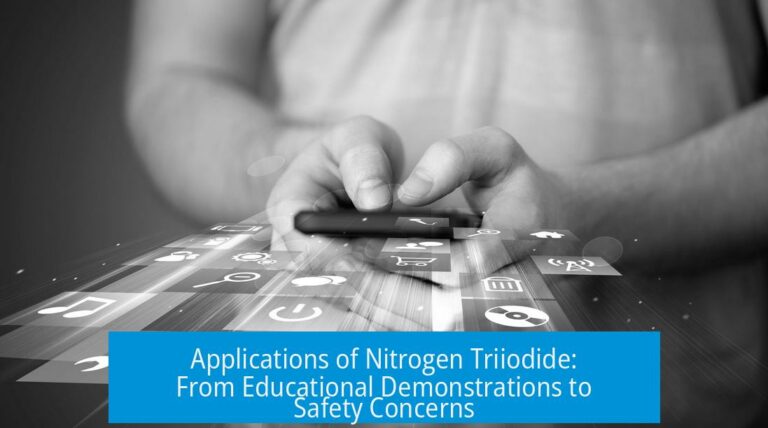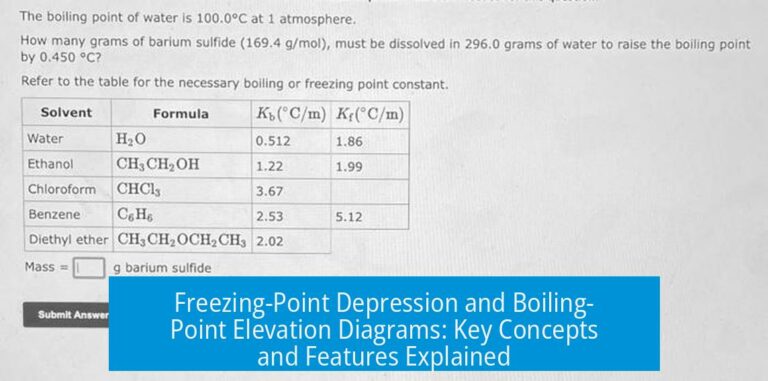Understanding Hydrogen: Protonated and Deprotonated Forms
Hydrogen can exist as protonated or deprotonated species depending on whether it has gained or lost a proton (H+). In chemistry, protonation refers to the addition of an H+ ion to a molecule, while deprotonation means its removal. Hydrogen atoms in different states significantly influence chemical reactions and molecular structures.
Basic Structure of Hydrogen and Hydrogen Ions
Hydrogen, in its atomic form, consists of one proton and one electron, making it electrically neutral. When it loses the electron, it forms a hydrogen ion, commonly represented as H+. This ion is effectively a bare proton. Therefore, a hydrogen ion is not merely acting like a proton—it literally is a proton.
In chemical contexts, the term “proton” often correlates directly with H+ because it lacks the electron that normally balances its positive charge.
Protonation and Deprotonation Explained
- Protonation involves the addition of an H+ ion to a molecule, typically bonding with a site containing an unpaired electron.
- Deprotonation refers to the removal of an H+ from a molecule, leaving behind electron pairs on the original atom.
- This transfer concerns only the proton, while electrons generally remain with the donor molecule—for example, when a hydroxyl group (-OH) loses a proton to become an oxide ion (-O−).
- Protonation often results in the molecule gaining a positive formal charge.
Hydrogen Species Variants
Hydrogen exists in multiple charged states:
| Species | Charge | Description |
|---|---|---|
| H+ | +1 | Proton, a bare nucleus without electrons |
| H | 0 | Neutral atomic hydrogen with one electron |
| H− | -1 | Hydride ion, hydrogen with one extra electron |
Hydrides (H−) act as bases and readily deprotonate acids to produce hydrogen gas (H2). The chemical behavior varies widely between these forms.
Hydron and Proton Transfer
The term “hydron” is a general name for any positively charged hydrogen ion. It often appears as hydronium (H3O+) in aqueous solution, where it protonates molecules. Acids like HCl release hydrons upon dissociation—chloride ions retain the electron, and the hydron acts as a proton donor.
Key Points
- Hydrogen ion (H+) is exactly a proton, lacking electrons.
- Protonation adds H+ to molecules; deprotonation removes H+.
- Hydrogen species exist as H+ (proton), H (neutral atom), and H− (hydride ion).
- Proton transfer plays a central role in acid-base chemistry.
- Hydrons typically originate from acids or hydronium ions in solution.





Leave a Comment